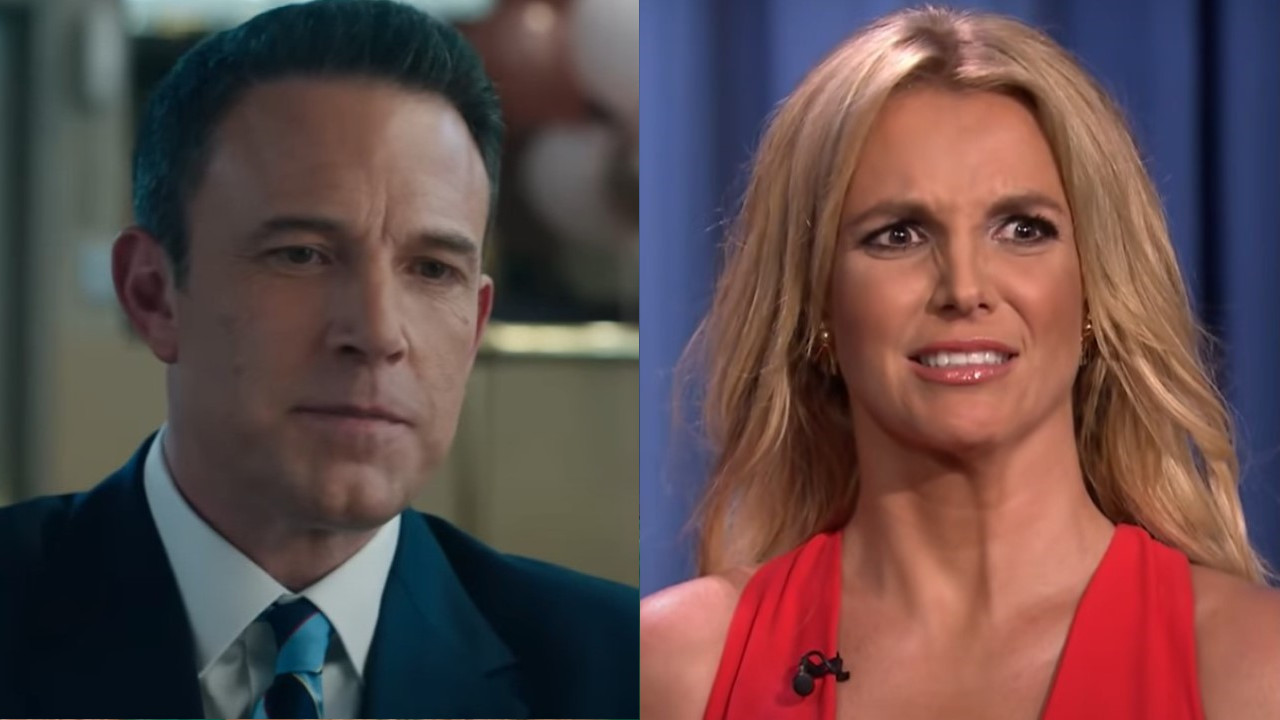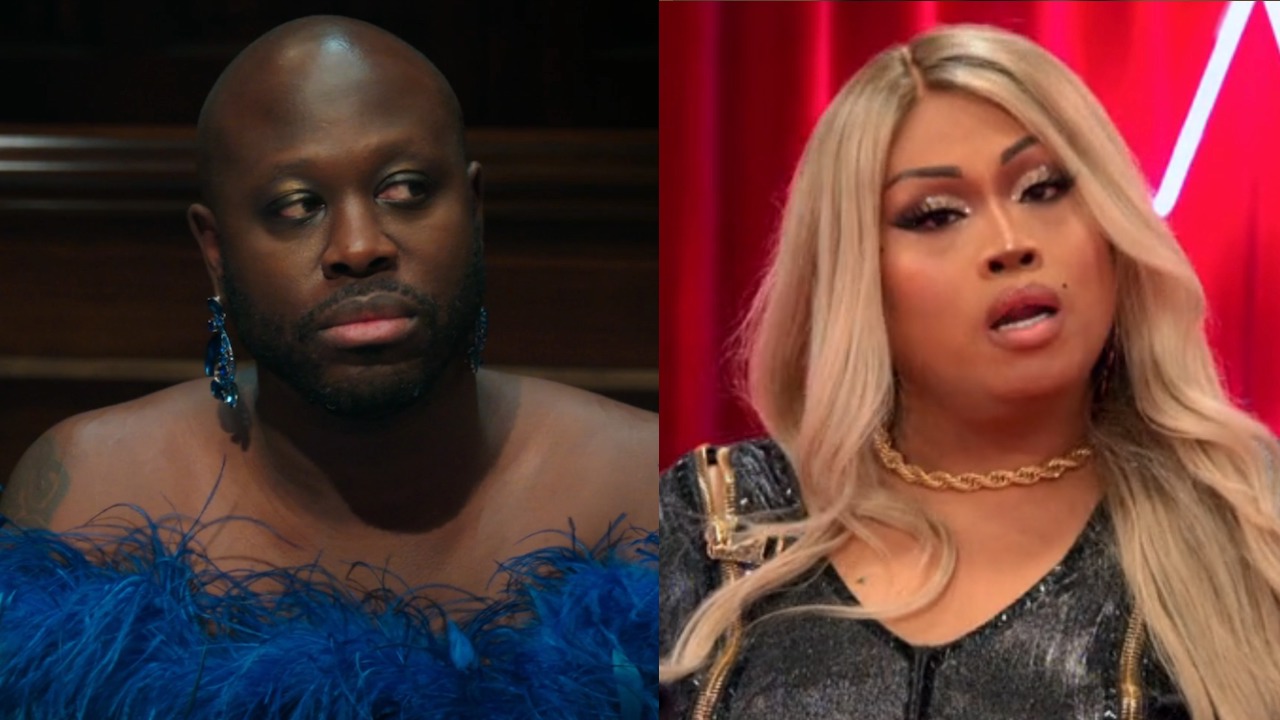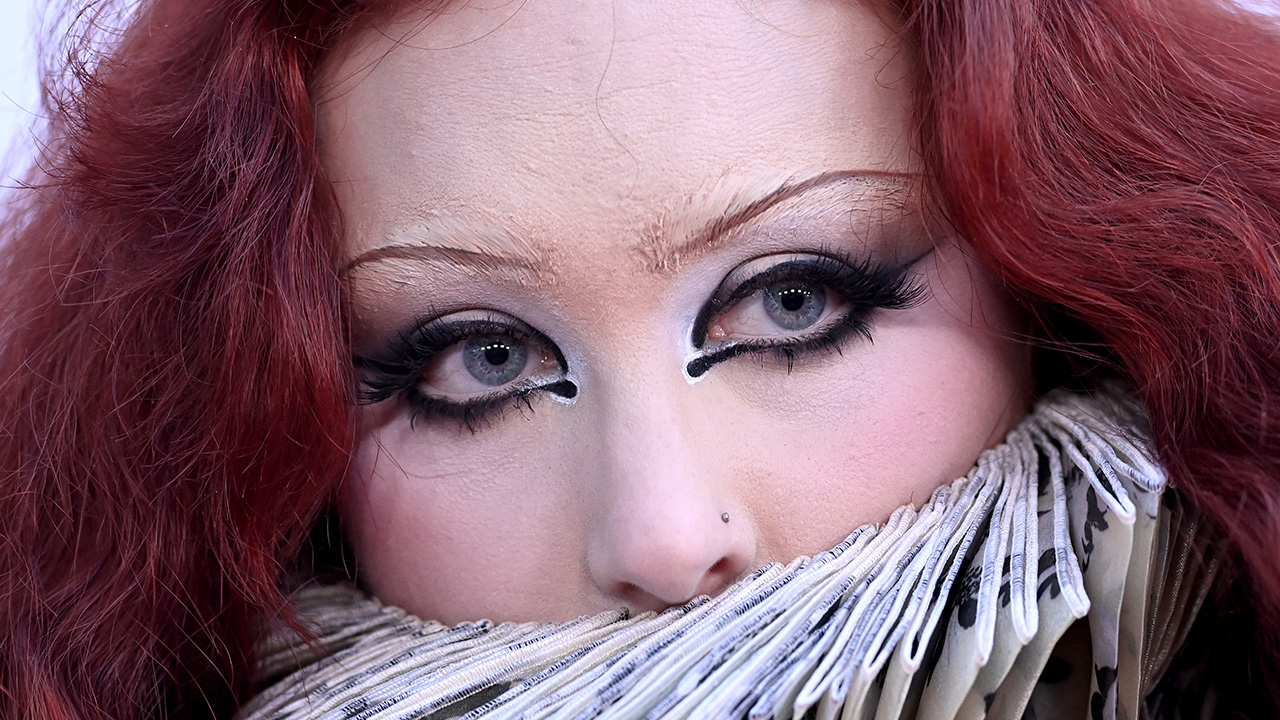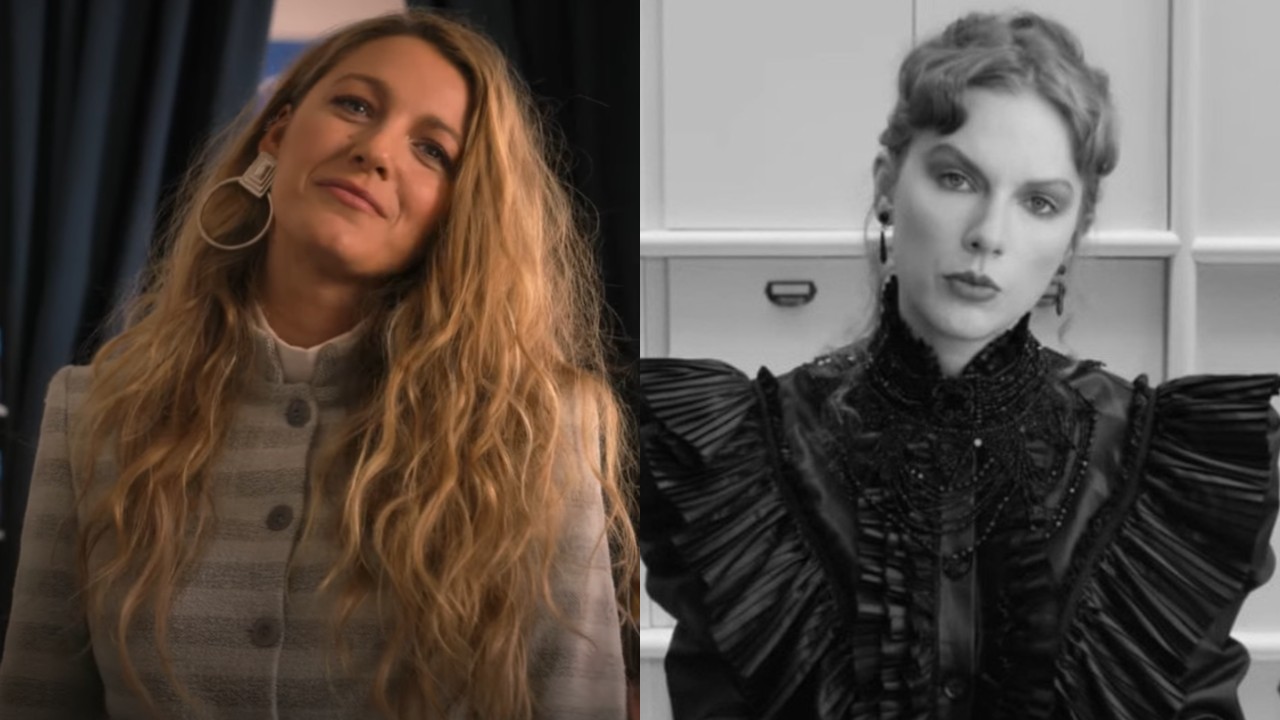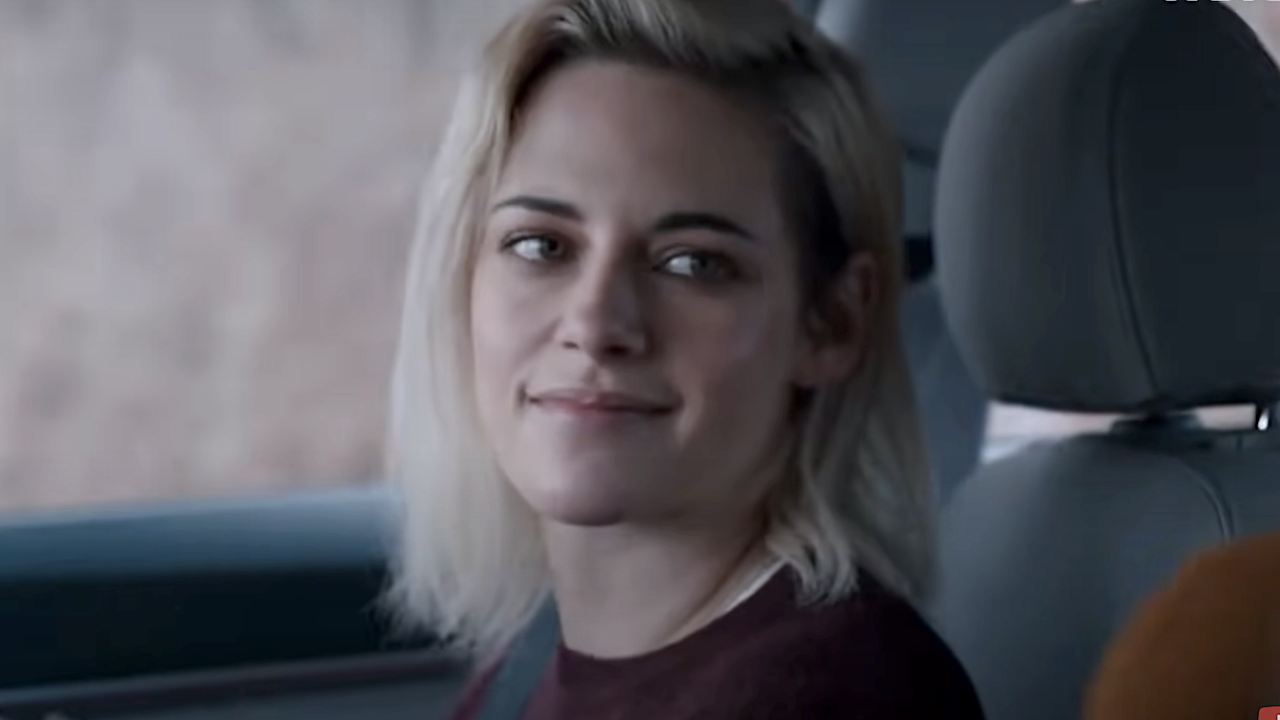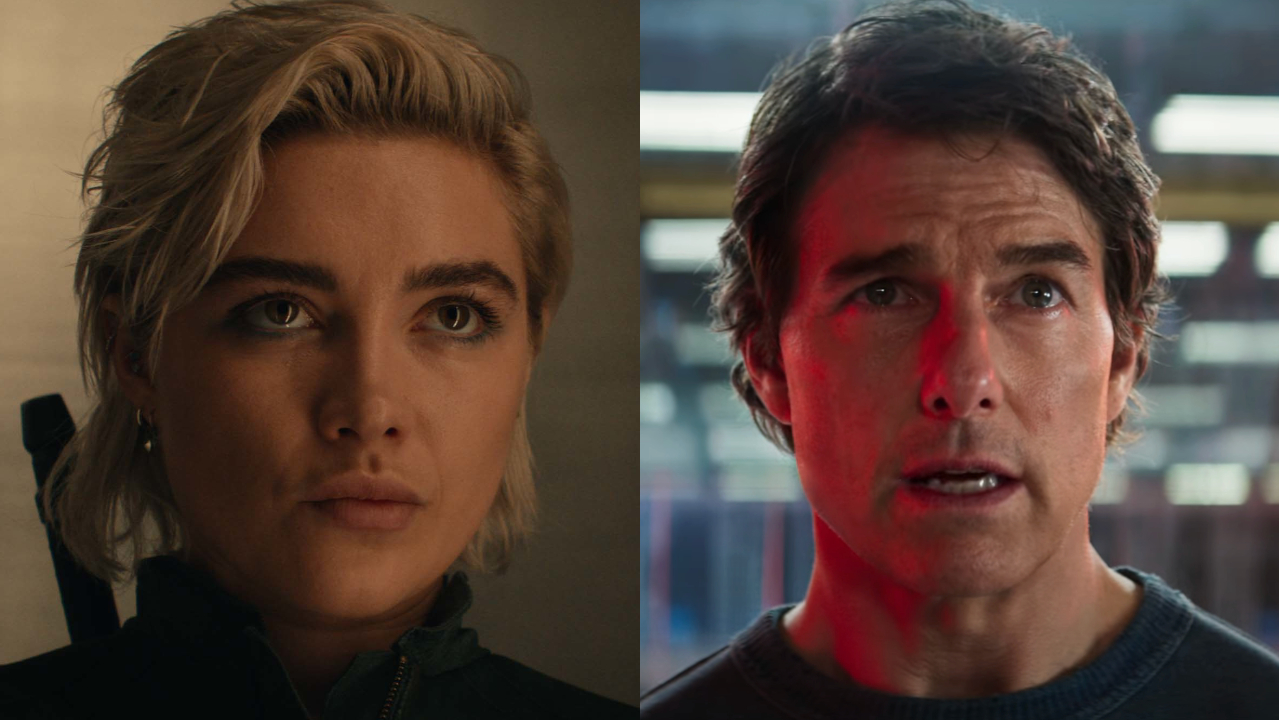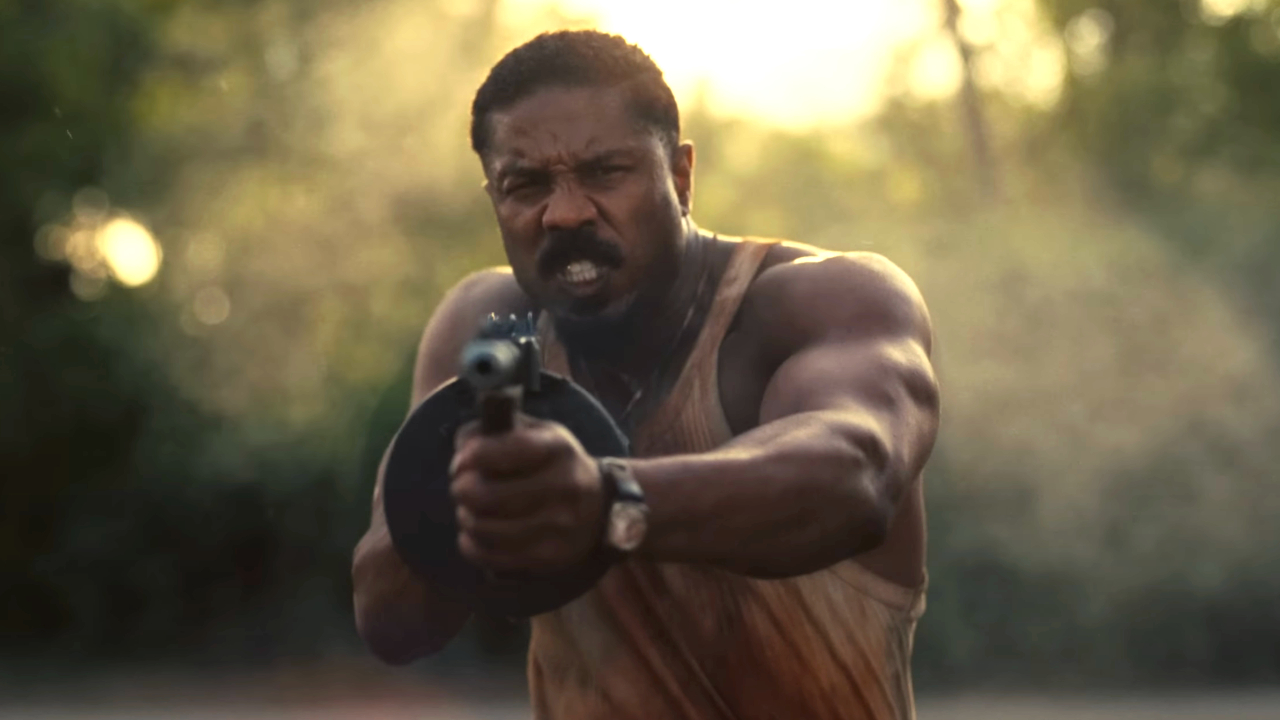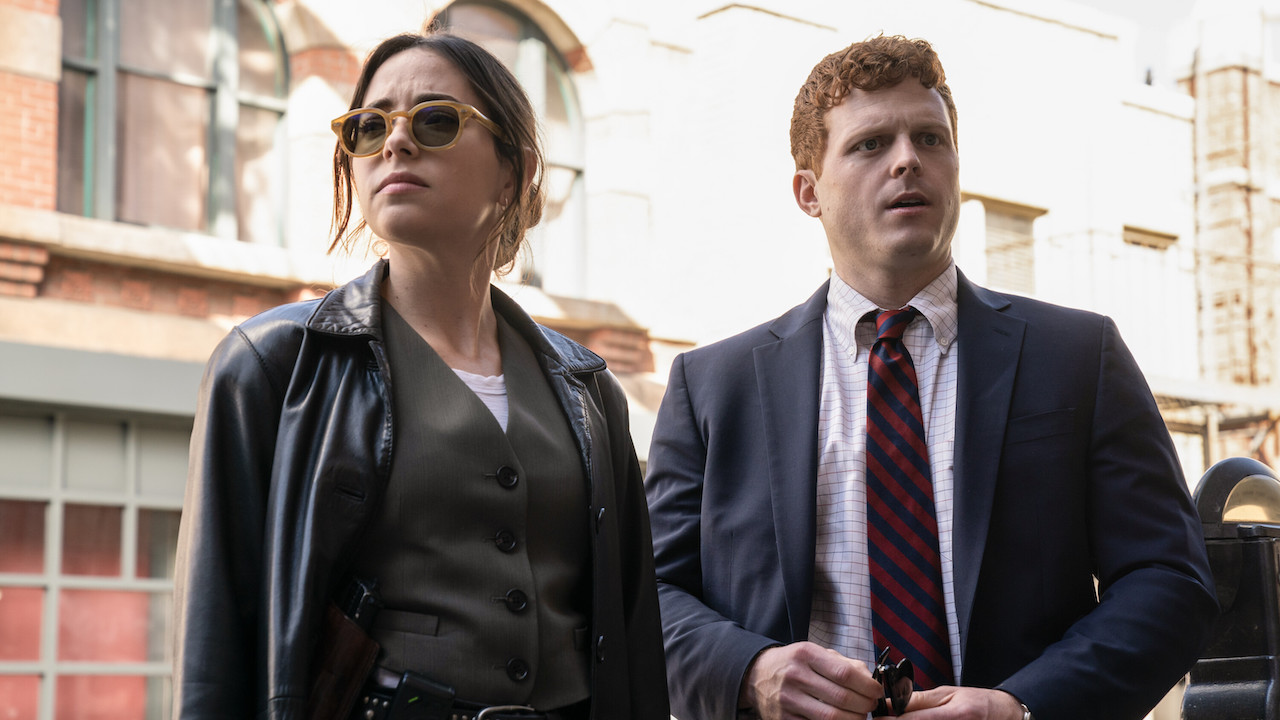To 3D Or Not To 3D: Buy The Right Kubo And The Two Strings Ticket
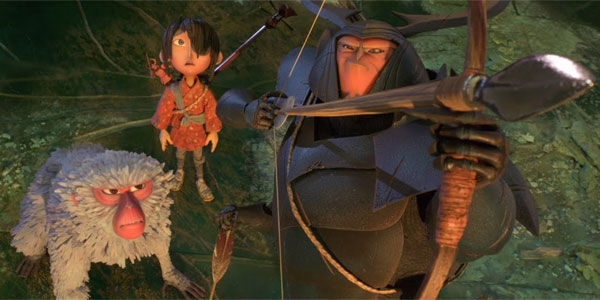
Pretty much every animated movie these days arrives in theaters with a 3D option -- and that trend has very much continued throughout 2016. So far we've seen the likes of Kung Fu Panda 3, Zootopia, Finding Dory and more hit the big screen in multiple formats, and now it's Kubo And The Two Strings' turn to showcase what it has in the 3D department.
You'll find our full review of Kubo and the Two Strings in by clicking this link, as what you'll find below is simply a breakdown of the movie's use of the third dimension. To 3D or not to 3D is the question, so read on for the answer...
The reason 3D works so well in animated movies is because of the control that filmmakers have over every single frame -- so you can probably understand why it's a perfect fit for a stop-motion animated movie like Kubo And The Two Strings. The feature is the fourth title from Laika Studios, after Coraline, ParaNorman, and The Boxtrolls, and it's also their fourth 3D title. Director Travis Knight and his company clearly recognize the potential of the extra dimension in their work, and we agree that it was the right choice for their latest film.
This goes back to what I was saying about the construction of Kubo and the Two Strings frame-by-frame. Not only is every little detail on every stop-motion set specifically chosen and constructed, but each individual moment is also captured by a pair of twin cameras that are set up to create a stereographic effect. This was always a part of the plan in the development of the project, so we can't give the movie anything other than a perfect score.
The film industry has decided to mostly focus on depth when it comes to 3D movies, leaving the "Before The Window" category of most titles generally underwhelming, but Kubo and the Two Strings does make a nice use of it. Laika has always been upfront about their use of CGI to enhance their movies, and in this case it also gives them an opportunity to make audiences feel as though they can reach out and grab elements from the movie (such as snowflakes, falling leaves, floating paper, etc.) It's not ubiquitous, but it adds a nice touch to certain sequences -- particularly when Kubo is showcasing his special origami abilities.
Whether it's a shot of an expansive town square, a showdown between the film's heroes and a skeleton 40 times their size, or watching lanterns float down a long river, Kubo and the Two Strings is filled with sequences constructed for the benefit of the Beyond The Window aspect of 3D, and it looks beautiful at every opportunity. The effect provided by the extra dimension also has a really wonderful effect on just the stop-motion construction of the film, giving greater depth and form to the posable figures as they go on their adventure.
This part of our To 3D reviews is always tricky, as the brightness level of any individual movie will heavily depend on the projector at the theater and its settings. Personally, I actually saw Kubo And The Two Strings on what can be called literally the best possible presentation platform: the brand new RealD Ultimate Screen that has been installed in the RealD Screening Room in Los Angeles, and is in part specifically designed to enhance brightness. As a result, my experience with the 3D in the movie was in no way hampered by the tinted lenses I was wearing. That being said, the film has plenty of daytime, outdoor sequences that should be fine in any viewing, and even the darker moments still have light sources that pop.
CINEMABLEND NEWSLETTER
Your Daily Blend of Entertainment News
As a means of gauging the film's use of layering in its 3D, from time to time while watching Kubo and the Two Strings I lifted my plastic specs to see what the screen looked like without the stereographic lenses. As a general rule, the blurrier the screen appears, the more of the effect is being utilized. In my experience, the Laika film gets a big thumbs up, as there wasn't a single scene I saw that could have been easily watched without the glasses. The effect was certainly diminished in scenes with low light or small environments, but still always present.
It's certainly true that some audience members are susceptible to the ill effects of 3D regardless of what movie their watching -- but there are key ways that stereographers can decrease the chances of general movie-goers feeling motion sick or headache-y. As someone who has personally felt these negative effects before, I'm happy to report that I walked out of Kubo And The Two Strings as healthy-feeling as I entered.
Final Verdict: If you go back and look at our To 3D reviews for ParaNorman and The Boxtrolls, you'll discover that Kubo and the Two Strings' 31/35 score fits right in between them -- which is appropriate. The film doesn't have the most mind-blowing 3D you'll see in theaters this summer (that honor goes to Ghostbusters), but it certainly is made to be seen with the added dimension, and gets our recommendation.

Eric Eisenberg is the Assistant Managing Editor at CinemaBlend. After graduating Boston University and earning a bachelor’s degree in journalism, he took a part-time job as a staff writer for CinemaBlend, and after six months was offered the opportunity to move to Los Angeles and take on a newly created West Coast Editor position. Over a decade later, he's continuing to advance his interests and expertise. In addition to conducting filmmaker interviews and contributing to the news and feature content of the site, Eric also oversees the Movie Reviews section, writes the the weekend box office report (published Sundays), and is the site's resident Stephen King expert. He has two King-related columns.

